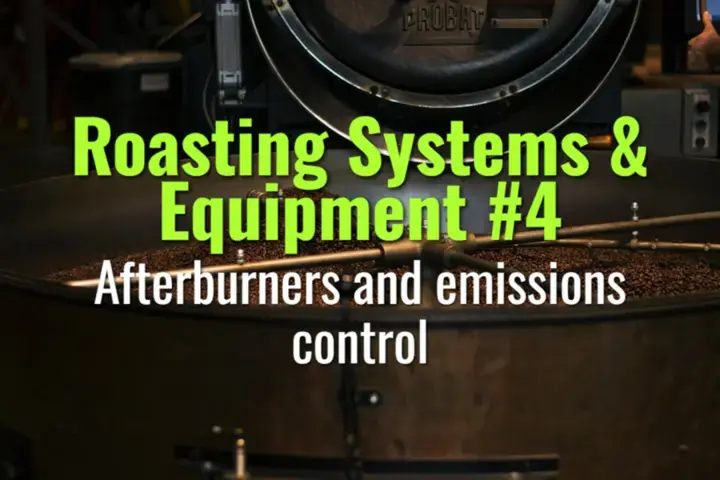Afterburners and emissions control
Explore how afterburners and emissions control systems reduce smoke, VOCs, and particulate matter during coffee roasting, ensuring compliance and cleaner operations.
- Coffee Basics Nerds
- 1 min read

Key Concepts
-
Afterburner Function:
-
Burns off volatile organic compounds (VOCs) and smoke produced during roasting.
-
Typically operates at high temperatures (≈850–1000°C) to oxidize hydrocarbons.
-
Protects the environment and improves indoor air quality.
-
Types of Emissions Control:
-
Thermal afterburners: Use heat alone to combust gases.
-
Catalytic afterburners: Utilize a catalyst to lower the combustion temperature.
-
Scrubbers / filters: Capture particulate matter and some VOCs.
-
Placement and Integration:
-
Installed on the exhaust stream of the roaster.
-
Must handle peak flow rates and temperature spikes.
-
Proper insulation and airflow balance are critical for efficiency.
-
Maintenance and Monitoring:
-
Regular inspection of catalyst beds or burn chambers.
-
Monitor exhaust temperature and emissions levels.
-
Ensure compliance with local environmental regulations.
Operational Tips
- Ensure proper airflow to prevent backpressure on the roaster.
- Record emissions data to support sustainability claims.
- Integrate with smoke suppression systems for cleaner roasting spaces.
Summary
Afterburners and emissions controls are essential for modern roasting operations to minimize environmental impact, maintain safe working conditions, and comply with air quality standards.